Mad Hedge Biotech and Healthcare Letter
March 7, 2024
Fiat Lux
Featured Trade:
(RALLY CAPS ON)
(VKTX), (LLY), (NVO), (AKRO), (GILD), (BMY), (AMGN), (PFE)
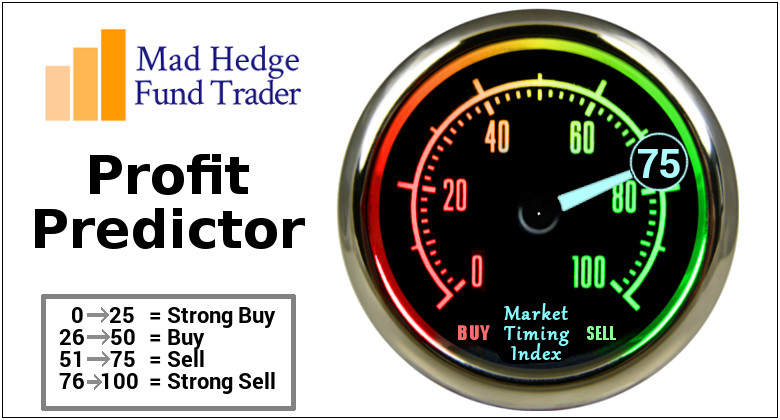
Mad Hedge Biotech and Healthcare Letter
March 7, 2024
Fiat Lux
Featured Trade:
(RALLY CAPS ON)
(VKTX), (LLY), (NVO), (AKRO), (GILD), (BMY), (AMGN), (PFE)

The biotech sector just flipped its rally cap inside out. After a brutal losing streak, it's clawing its way back. The SPDR S&P Biotech (XBI) exchange-traded fund, a barometer for the sector, started to show signs of life when it soared by 5.7% last month, cresting over $100 a share for the first time in two whole years.
While champagne might be premature, this comeback is heating up, and whispers of a full-fledged rally are echoing through Wall Street.
After a rough patch that kicked off in early 2021, seeing the fund take a nosedive of over 60% by late October 2023, the tide began to turn last fall. Initially, whispers of lower interest rates in 2024 sparked interest across small-cap indexes, including our biotech heroes.
Yet, lately, the buzz is all about biotech's own merits — think breakthrough medical trials and the juicy prospect of big pharma playing Pac-Man with smaller but promising biotech firms to beef up their drug pipelines.
And let me tell you, if the current rally's got legs, we might just be witnessing the most thrilling biotech comeback in over half a decade. Especially if the merger and acquisition scene stays hot, we could see biotech stocks climbing even higher.
Take everything that happened in the sector in February as an example. Viking Therapeutics (VKTX) threw down the gauntlet with promising data on its weight loss drug, VK2735, making investors sit up and take notice.
Actually, this candidate is shaping up to be a formidable rival to obesity treatments from Eli Lilly (LLY) and Novo Nordisk (NVO), sending Viking's shares skyward by a jaw-dropping 121% in a single day.
And it's not just Viking stealing the spotlight. Another biotech named Akero Therapeutics (AKRO) also bounced back with some impressive data of its own, challenging the doom and gloom that settled over biotech firms following Eli Lilly's bombshell MASH trial results.
Akero's mid-stage study showed that their drug, efruxifermin, could significantly roll back liver fibrosis in MASH patients — putting a whopping 75% of high-dose recipients on the mend, a stark contrast to the 24% placebo group.
This revelation was a game-changer, especially after Lilly's tirzepatide threw the sector for a loop, hinting at a potential endgame for MASH-specific treatments. But while Lilly's announcement left many details to the imagination, Akero's clear-cut results have reignited excitement over what might be the best MASH treatment yet seen.
As expected, in the midst of this resurgence, the likes of Viking and Akero are catching eyes not just for their groundbreaking treatments but also as tantalizing acquisition targets. Heavyweights like Gilead Sciences (GILD), Bristol Myers Squibb (BMY), Amgen (AMGN), and Pfizer (PFE) are said to be circling, each eyeing a slice of the biotech pie.
As for the biotech investment landscape in general, it's buzzing with renewed vigor. The early months of 2024 have welcomed a smattering of biotech IPOs, a refreshing change after a long drought. CG Oncology's late January debut practically set the market ablaze, doubling in value on its first trading day.
Moreover, public biotechs have found a lifeline in PIPE deals, sidestepping the regulatory hoops of secondary offerings. For instance, Denali Therapeutics' (DNLI) recent PIPE deal, expected to rake in $500 million, is proof of the sector's warming investment climate.
So, dust off those rally caps because the biotech sector isn't just back in the game – it's swinging for the fences.
Breakthrough treatments, a sizzling M&A market, and investors throwing their support behind innovation — this rally has all the ingredients to paint a bright future for the industry. While there will be bumps along the road, one thing's for sure: the biotech sector is poised for a season no one wants to miss.
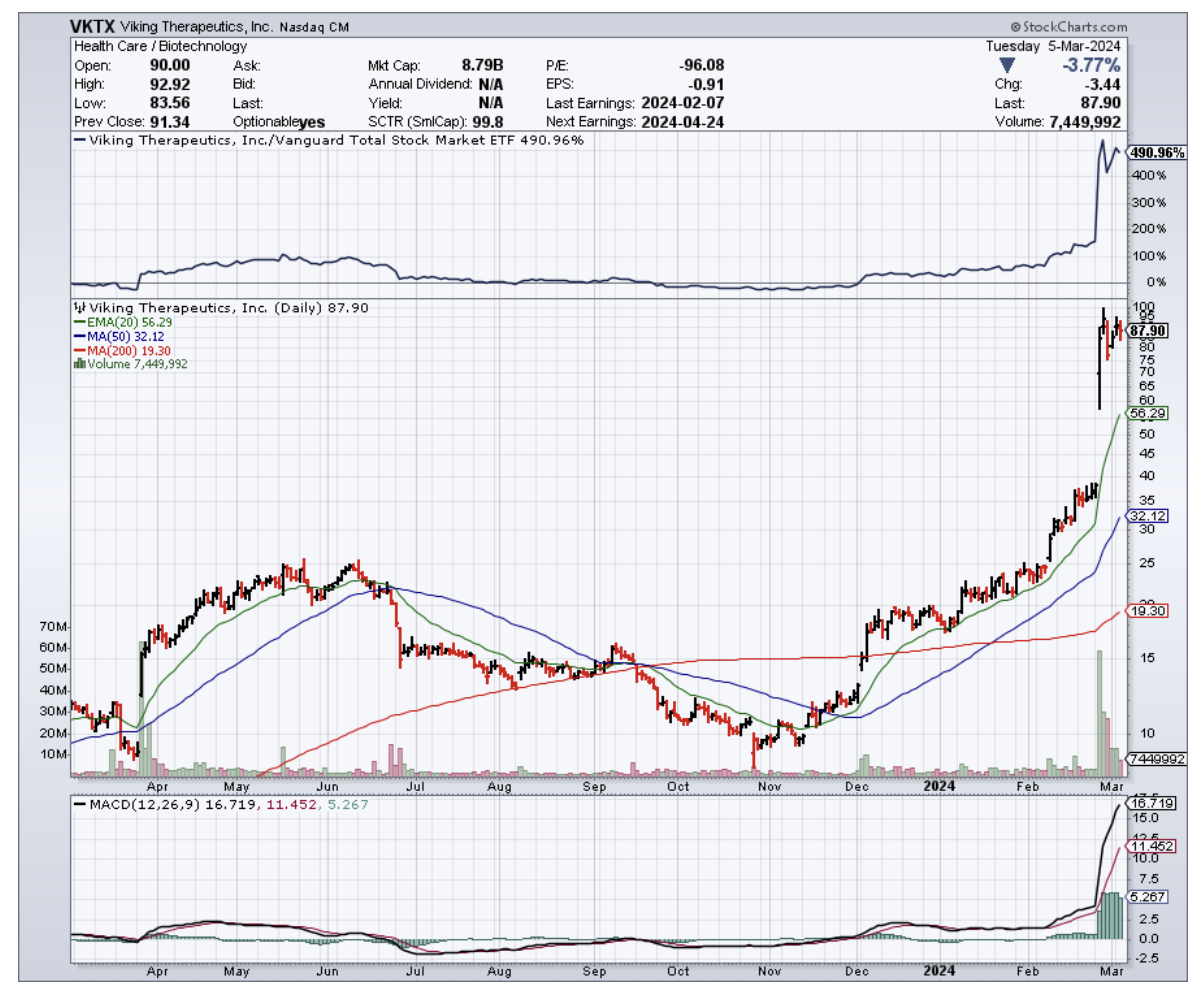
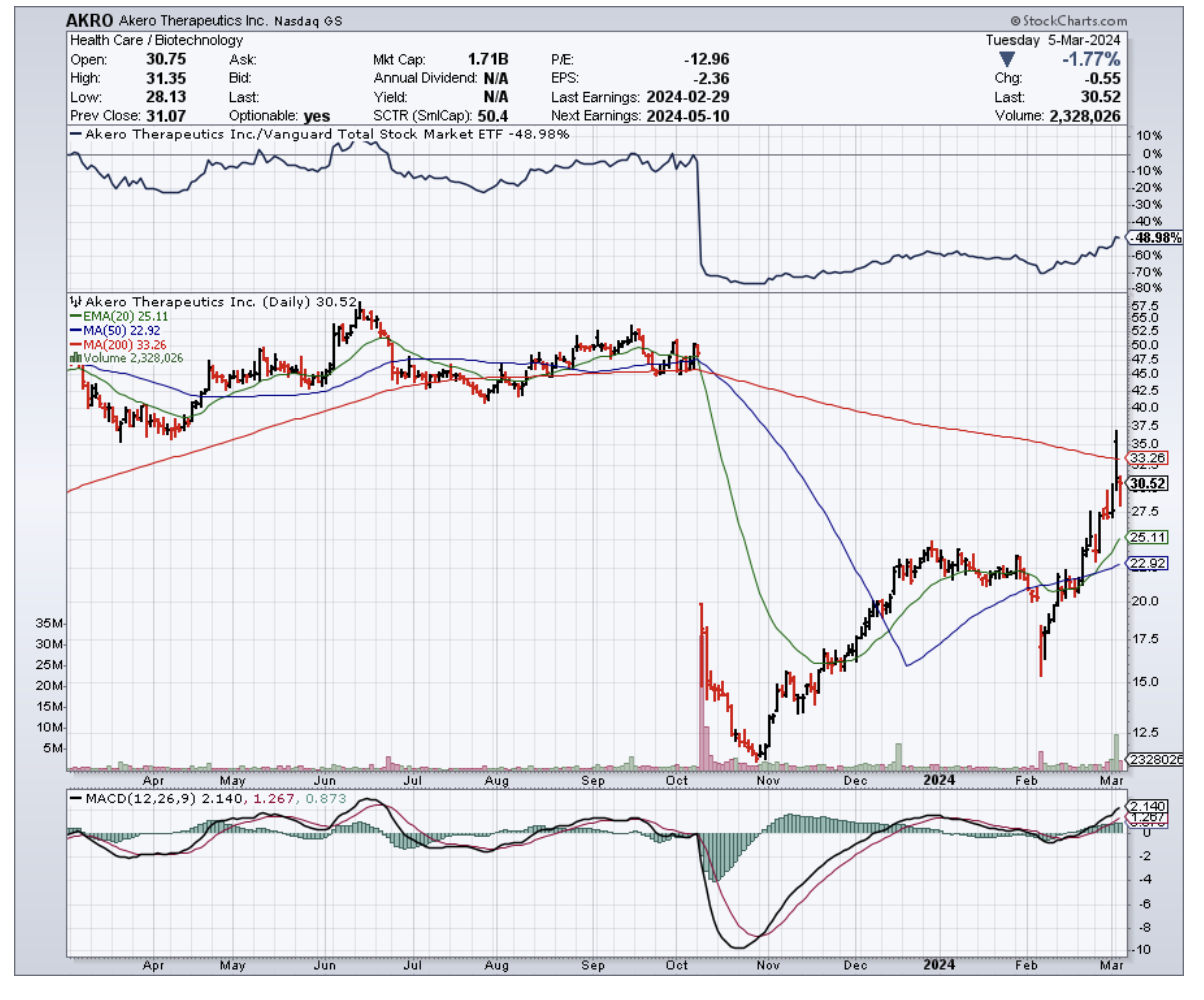
Mad Hedge Biotech and Healthcare Letter
February 22, 2024
Fiat Lux
Featured Trade:
(FROM BLAND TO BOLD)
(GILD), (CBAY), (MDGL), (AKRO), (IVA), (ETNB), (GNFT), (SGMT), (CWBR)

So, Gilead Sciences (GILD) dropped their Q4 2023 bombshell earlier this month, and it was kind of like expecting a gourmet meal and getting airplane food instead. Their product sales were underwhelming, not budging an inch year-on-year, and even took a tiny step back quarter-to-quarter.
Now, if you're like me, hoping for some spicy growth forecasts for 2024, you'd be left with a bland taste in your mouth. The market seemed to agree, with Gilead's shares taking a nearly 10% nosedive post-announcement. But, let's not judge a book by its cover just yet.
Peeking under the hood, Gilead's story gets a bit more colorful. Looking closer feels like discovering a hidden layer of nougat in a seemingly plain chocolate bar.
Sure, Veklury, their COVID-19 therapy, didn't get a standing ovation this time around, but let's not forget how it was the belle of the ball when the pandemic hit. Fast forward, and it has turned into that party guest who overstayed their welcome, with Gilead's top-line growth itching for the door.
Nevertheless, all's not gloomy in Gilead's kingdom. Their HIV franchise, led by the star, Biktarvy, is hogging the limelight with a 47% market share in the U.S. That's nearly half the patients on HIV meds swearing by Biktarvy.
Meanwhile, their oncology lineup is also stepping up its game, and with 61 programs in the pipeline, including 19 in phase 3 studies, it's like Gilead's got a magic potion brewing.
Now, for dividend lovers, Gilead's continues to be that reliable friend who always shows up. Despite the pandemic's chaos, they've been upping their dividend game by 19% since 2019, boasting a comfy 3.9% yield. Talk about a silver lining.
That’s not all, though. Just when you thought Gilead would take their ball and go home, they pull a $4.3 billion rabbit out of their hat, announcing they're buying CymaBay Therapeutics (CBAY) and aiming to seal the deal by Q3 2024.
Why? Because CymaBay's working on seladelpar, a potential game-changer for liver disease. And the cherry on top? Seladelpar got a VIP pass from the FDA for a priority review for Primary Biliary Cholangitis (PBC), with the red carpet rollout set for August 14.
Meanwhile, seladelpar's revenue is projected to hit the sweet spot of around $768 million by 2028. Needless to say, this could be the new blockbuster Gilead's been looking for.
In terms of competitors in this field, Gilead would most likely go head-to-head against giants like Madrigal Pharmaceuticals (MDGL) and Akero Therapeutics (AKRO). Both are also making waves with their NASH (non-alcoholic steatohepatitis) fighters, scoring double-digit gains.
Aside from these more widely recognized names, Inventiva (IVA), 89bio (ETNB), Genfit (GNFT), Sagimet Biosciences (SGMT), and the underdog CohBar (CWBR) are all in the race as well, turning heads with their own NASH breakthroughs.
Despite all the excitement, Gilead had a couple of stumbling blocks with their other drugs, which might have contributed to their stock's slip n' slide. Yet, the company’s leadership seems unfazed, especially about the concerns surrounding their cancer drug, Trodelvy. It's like they’re saying, "Keep calm and carry on," betting big on its future.
Overall, Gilead's multi-billion bet on CymaBay and seladelpar is a bold move, aiming to beef up their liver disease creds. With a market cap lounging at $91.80 billion and eyes set on a steady climb to $28.71 billion by 2026, this biotech is no longer just looking to play the game; they're trying to change the rules.
So, what's my take? Pour yourself a glass of whatever you fancy, and let's watch how this unfolds before making any moves. Gilead's foray into new territories with seladelpar is a mix of high stakes and high hopes. It's a bit of a rollercoaster, but hey, that's what makes the market so thrilling, right?
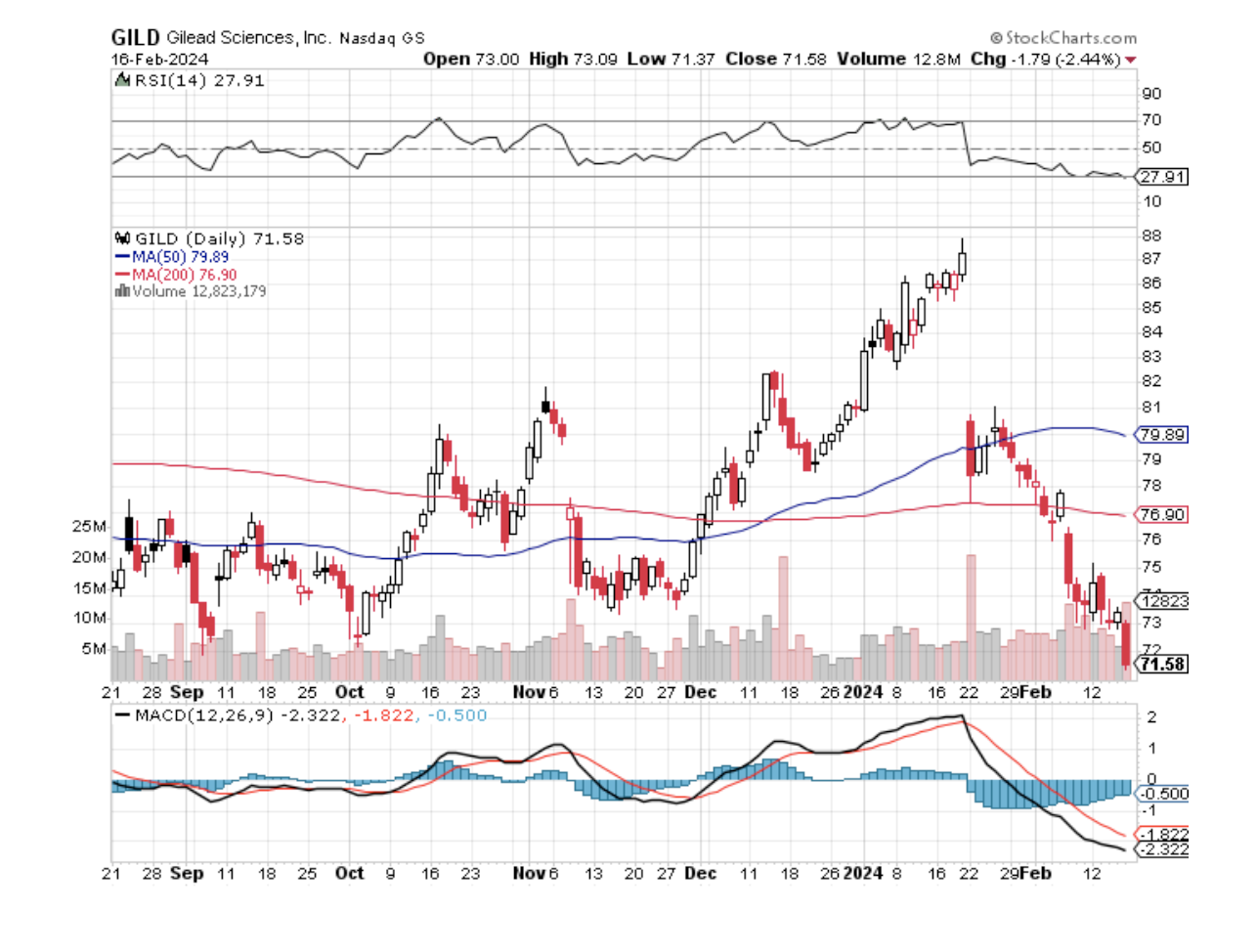
Mad Hedge Biotech and Healthcare Letter
September 28, 2023
Fiat Lux
Featured Trade:
(TIPPING THE SCALES)
(NVO), (LLY), (PODD), (TNDM), (DXCM), (RMD), (INSP), (MDGL), (ISRG), (AKRO), (ETNB)

The pharmaceutical world is buzzing, and it’s all thanks to the groundbreaking obesity drugs from Novo Nordisk (NVO) and Eli Lilly (LLY). In my previous newsletter, I delved into the massive potential of these new treatments, and it sparked a flurry of discussions. So, this time, I want to peel back the layers and explore how these advancements affect other companies within the same market.
After all, their emergence creates a paradoxical narrative, a dance of shadows and lumens. These drugs, renowned as the modern panacea for the obesity crisis, have catapulted the companies behind them into unprecedented valuations, making them luminaries in a market awash with investors hungry for the next big thing.
The enthusiasm surrounding these drugs is not unfounded; they are pivotal in treating type 2 diabetes and are seen as the desperately needed solution to the widespread obesity crisis. The groundbreaking medications introduced by Novo Nordisk and Lilly are enabling individuals to lose approximately 15% to 20% of their body weight, with Wall Street anticipating the combined annual sales of these revolutionary drugs to surpass $40 billion by the close of this decade.
However, the shadows of GLP-1s cast a contrasting pallor on companies that burgeoned in tandem with America’s expanding waistlines.
Firms like Insulet (PODD) and Tandem Diabetes Care (TNDM) are witnessing a decline of 40% and 50% in their values this year, respectively.
Similarly, DexCom (DXCM), the frontrunner in glucose monitoring, has experienced a 16% dip, and ResMed (RMD), the stalwart in CPAP machines treating sleep apnea, has seen its stock plummet by 30%. Inspire Medical Systems (INSP) and Madrigal Pharmaceuticals (MDGL) have also encountered significant drops in their shares.
These companies, once the darlings of the medical stock market due to their escalating sales growth, are now facing the brunt of a shifting investor focus. This is because the investment community is envisioning a future with a reduced prevalence of diabetes and sleep apnea and is consequently retracting their stakes in these stocks, leaving companies and investors navigating through a sea of uncertainties.
By early spring, the potential impact of widespread GLP-1 usage became the focal point of strategic discussions at numerous hedge funds. That led to a shift as some started withdrawing from stocks like DexCom and Madrigal, subsequently opting to short-sell these shares. The broader market tuned in this summer.
A case in point is Intuitive Surgical (ISRG), a leader in surgical robotics, which noted during its earnings call that a preference for trying GLP-1s was leading to a deferment in weight-loss surgeries. Although these procedures constitute a minor segment of robotic surgeries, they have been instrumental in driving Intuitive’s growth.
GLP-1s have also affected the demand for insulin injections. Recently, endocrinologists have suggested that GLP-1s could potentially delay the transition to insulin for a significant portion of Type 2 patients. This revelation triggered a recalibration of sales forecasts and stock price targets, with Insulet experiencing a downgrade in both target price and rating.
Meanwhile, the growth prospects of glucose monitor manufacturer DexCom in the Type 2 market remain positive. The integration of glucose monitors with GLP-1s is anticipated to become a prevalent trend among diabetic patients. Despite a temporary rally in DexCom stock, the lingering question remains whether the expanding use of GLP-1s will eventually reduce the demand for glucose monitoring.
Vendors of sleep apnea devices, such as ResMed and Inspire Medical, are also conveying to investors the minimal impact of GLP-1s on their markets. However, the debate continues on the intrinsic link between obesity and sleep apnea and the potential repercussions of GLP-1s on the entire sleep apnea spectrum. As market dynamics continue to shift and the ripple effects of GLP-1s become the focal point of discussions, more and more questions about the future landscape of obesity-associated medtechs arise.
The positive developments in GLP-1s have also cast a shadow over another sector: liver medications.
In June, revelations about Lilly's investigational drug, retatrutide, sent ripples through the sector. The drug not only facilitated a 24% weight reduction in subjects but also significantly diminished fat levels in their livers. This development impacted the stock values of companies like Madrigal Pharmaceuticals, Akero Therapeutics (AKRO), and 89bio (ETNB), pioneers in crafting remedies for the fatty liver condition known as NASH. While it remains to be seen how much these stocks will fall, it’s evident that their decline has already started.
The market is a tumultuous sea of uncertainties, with companies and investors meticulously navigating the evolving dynamics. For the astute investor, the key is to learn how to strike a balance between the old and the new.
The allure of GLP-1s might lead to a reevaluation of the medtech sector’s prospects, but companies like Insulet, ResMed, and Inspire still hold resilience in a GLP-1-dominated landscape.
Ultimately, it’s about understanding the intricate push and pull of shadows and light. The wise investor doesn’t just follow the light; they also understand the shadows, learning to see the opportunities lurking within.
So, delve deep, recalibrate your strategies, and remember, the paradox is not a roadblock; it’s a guidepost to new horizons in pharmaceutical innovation.
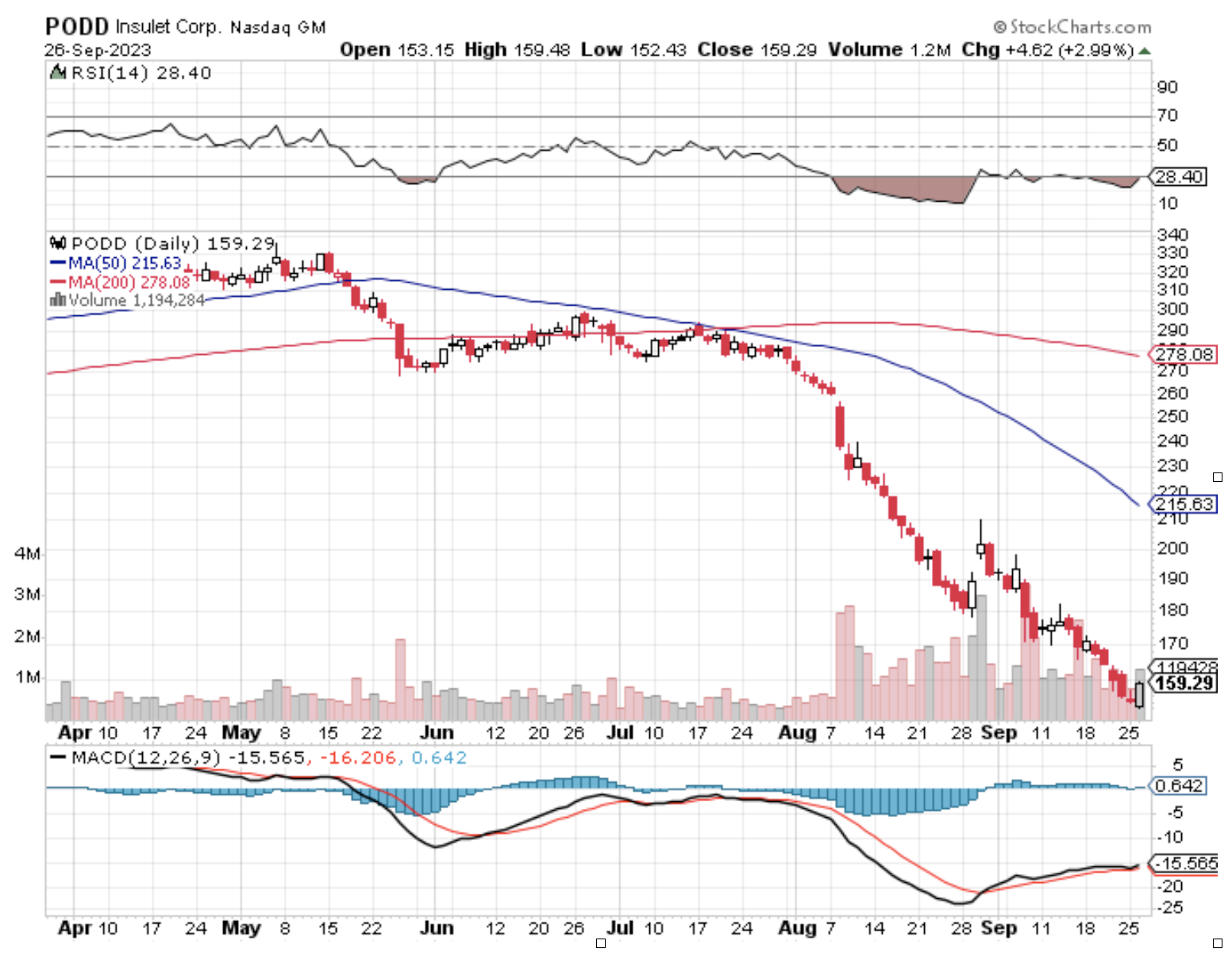
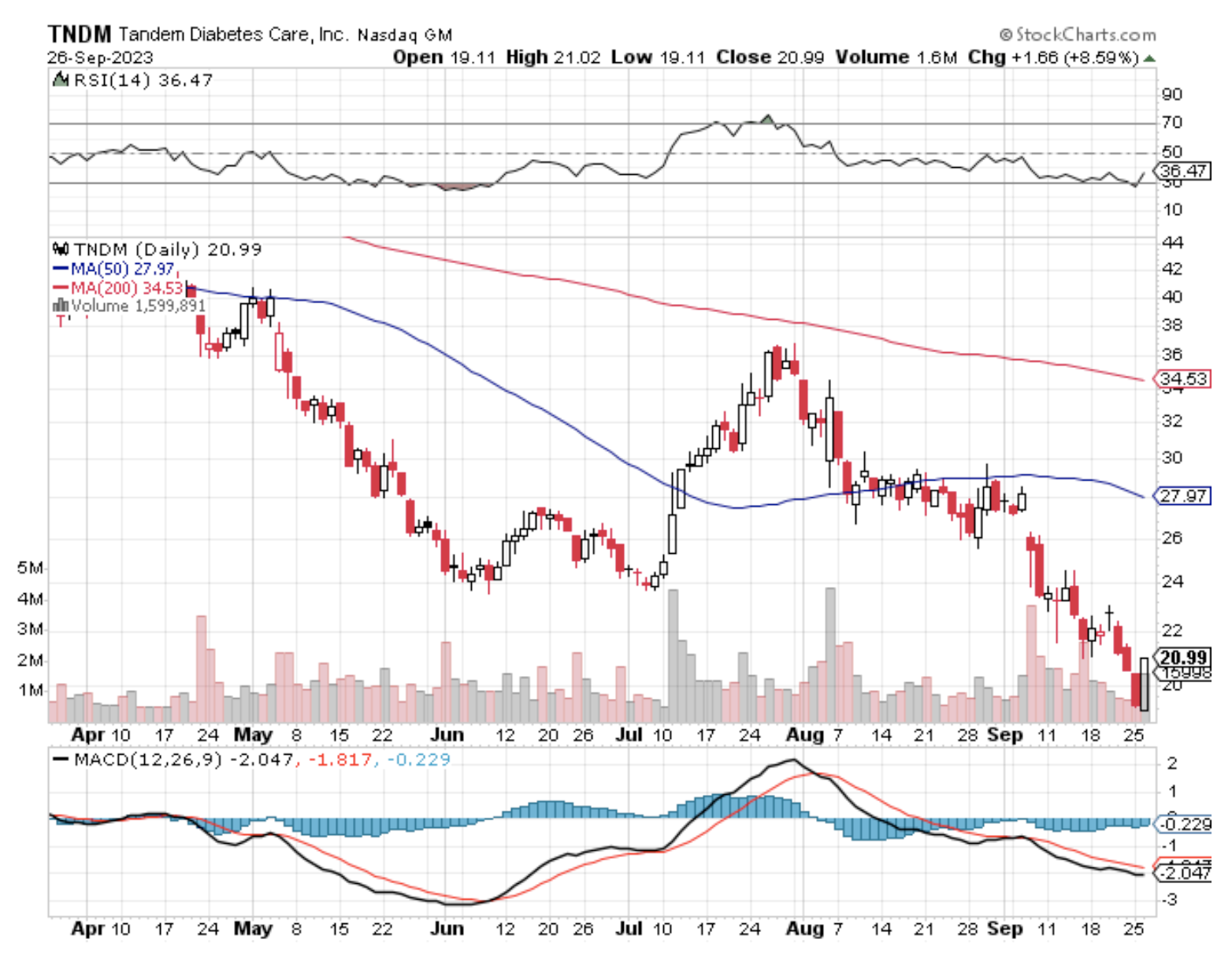
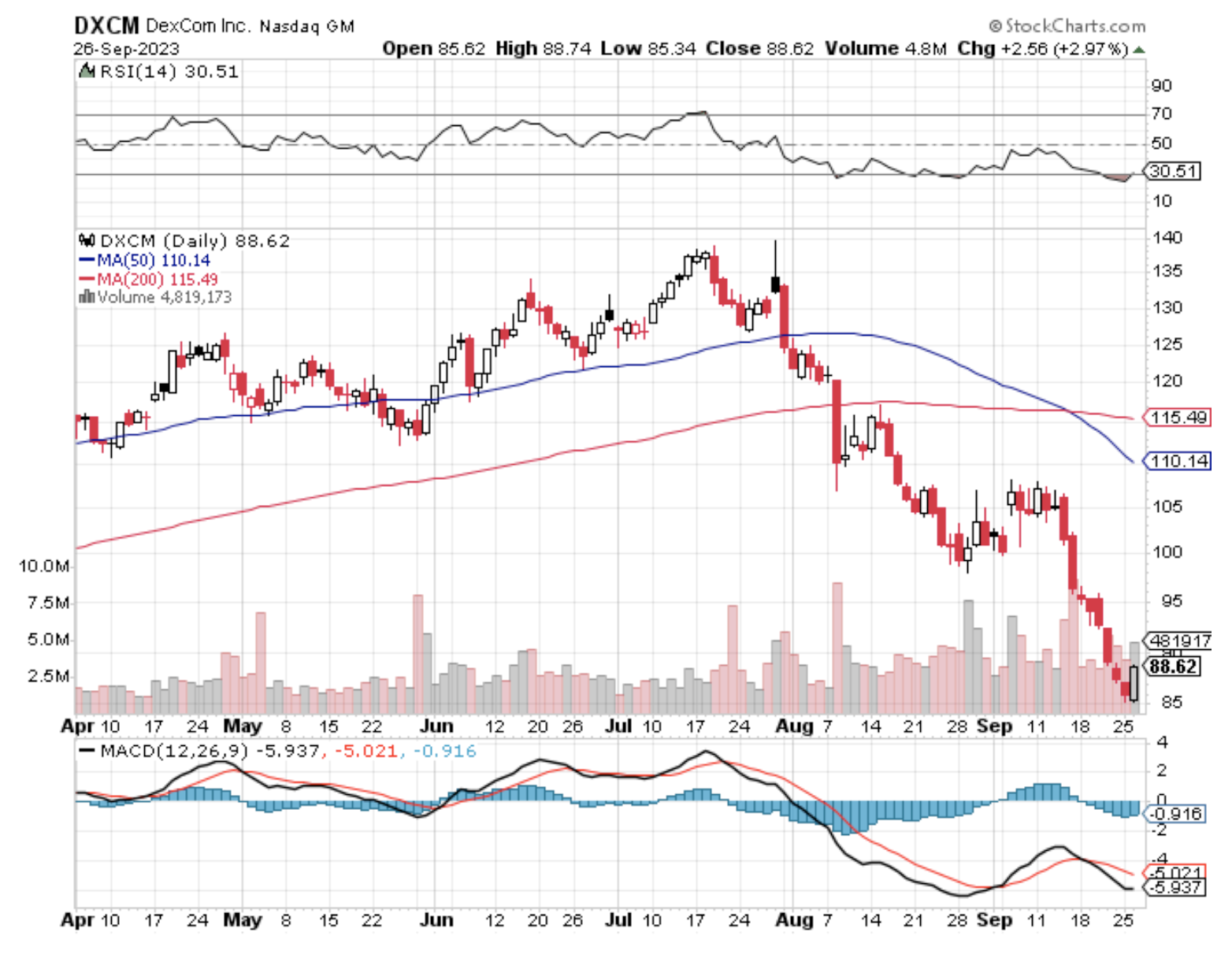
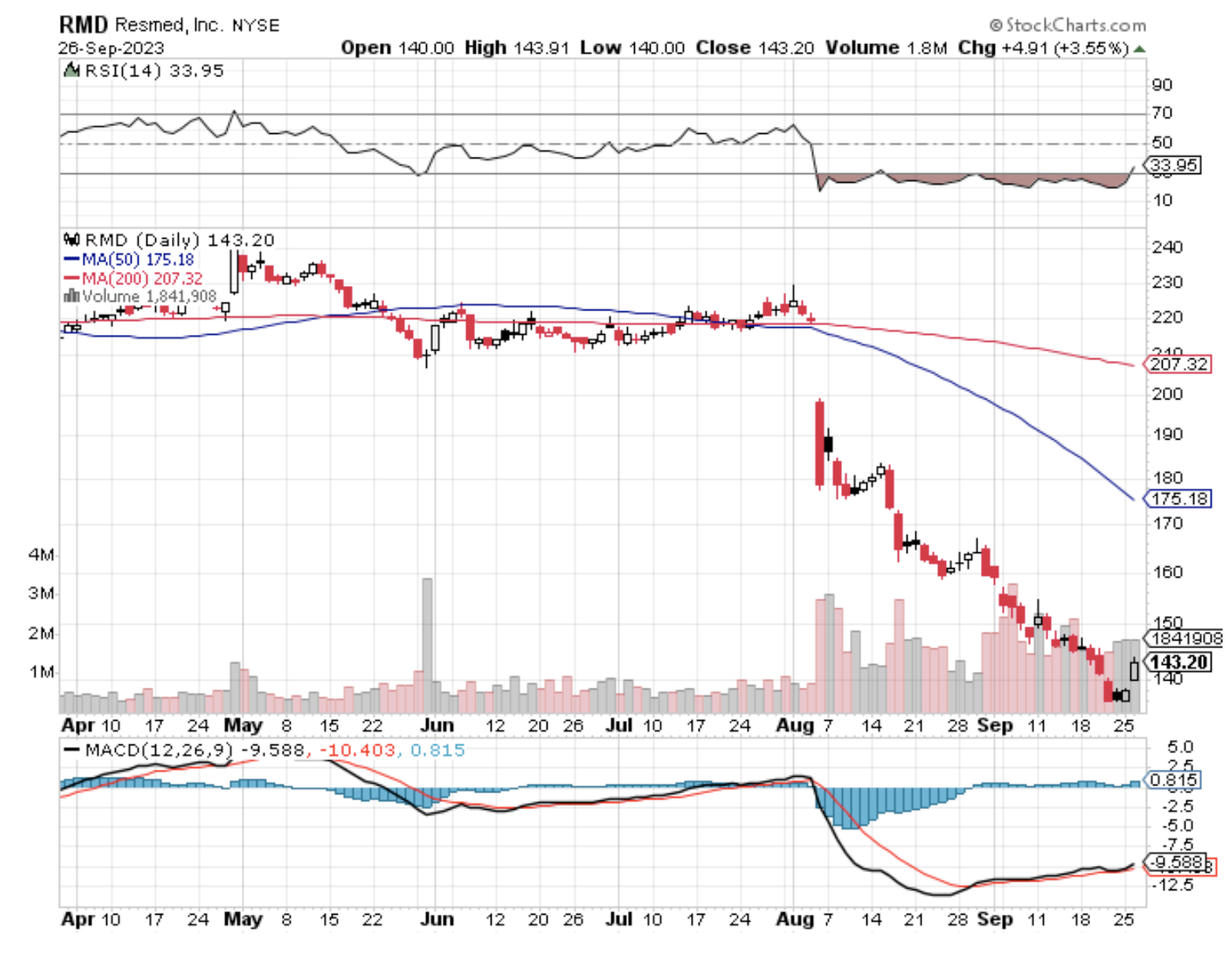
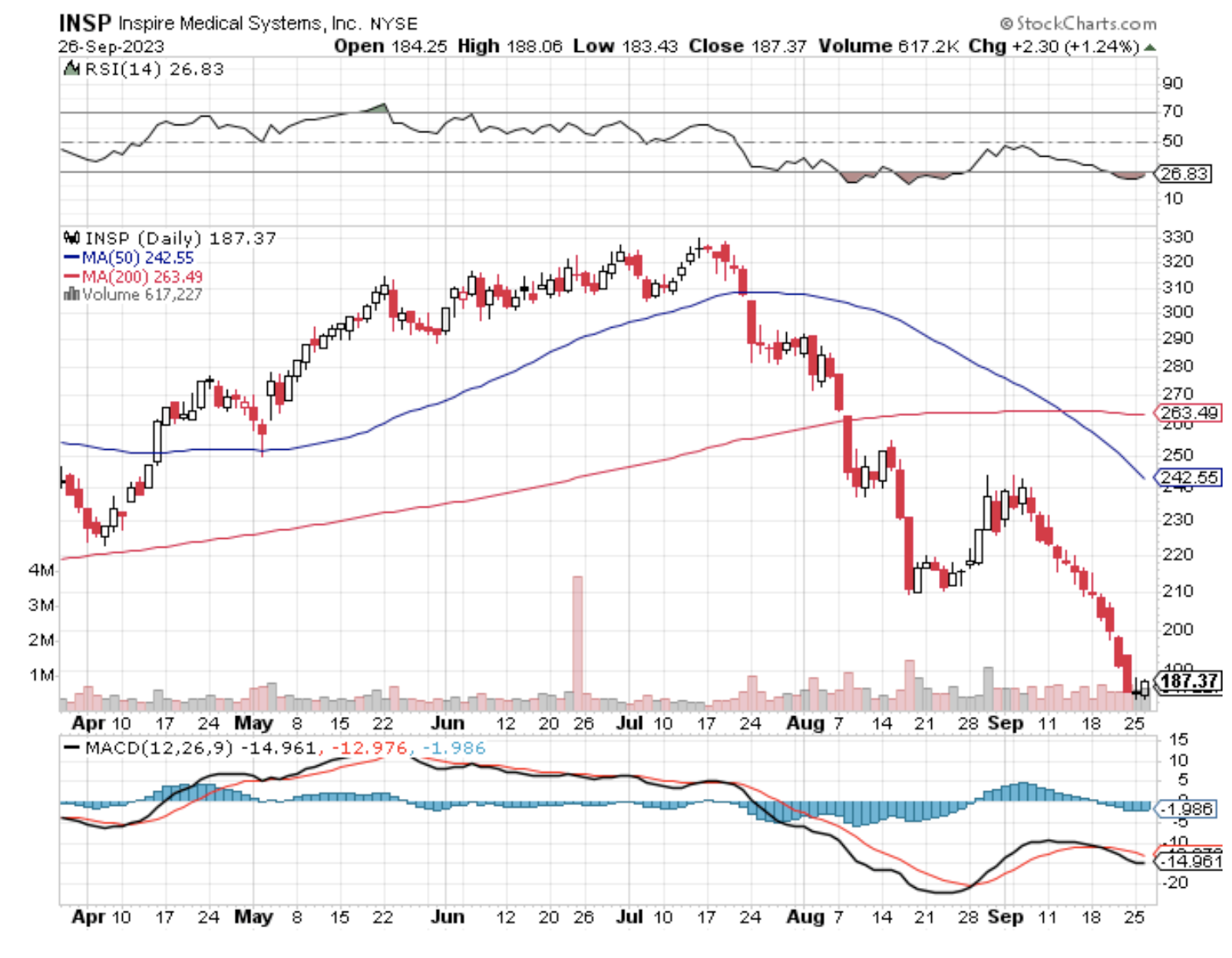
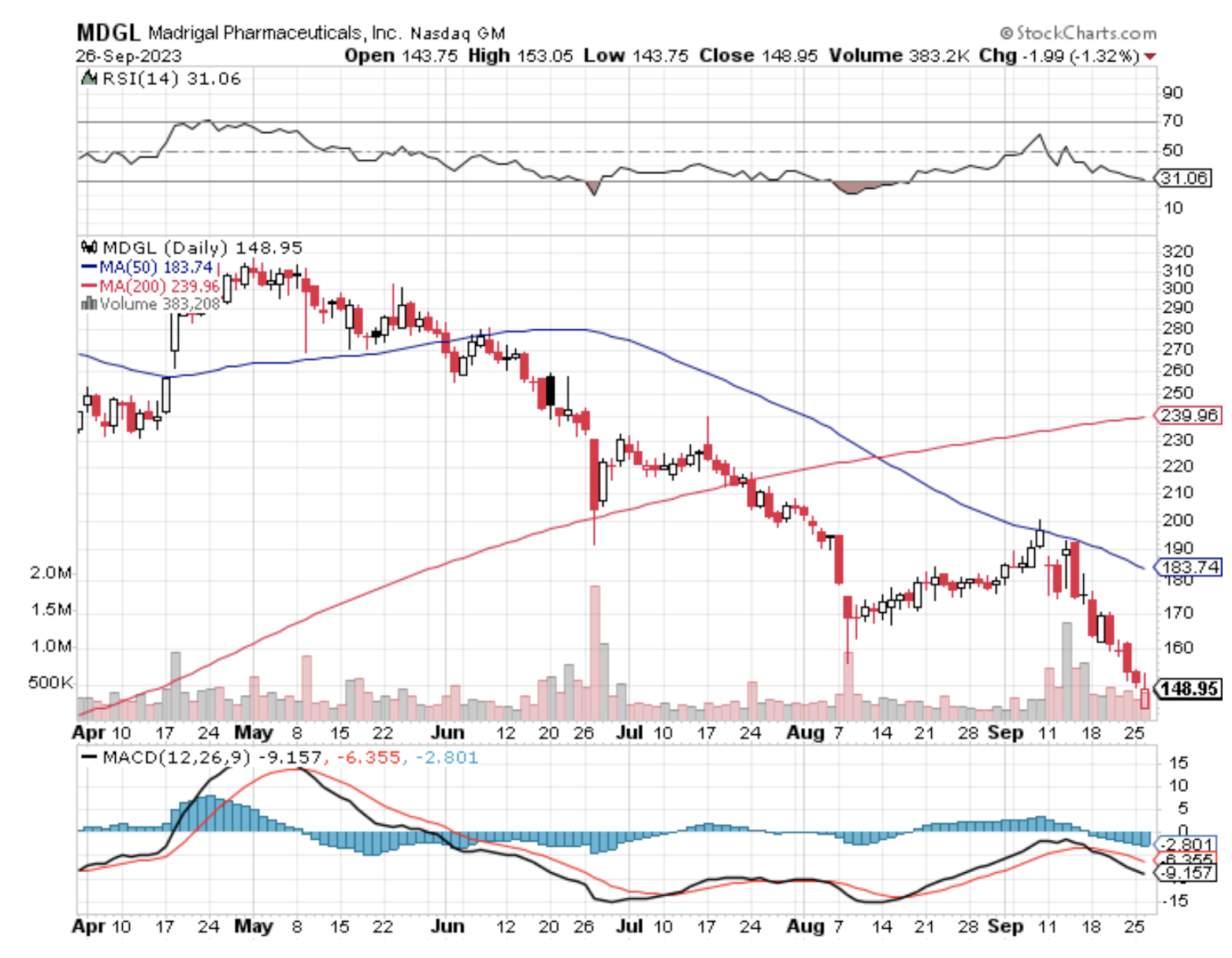
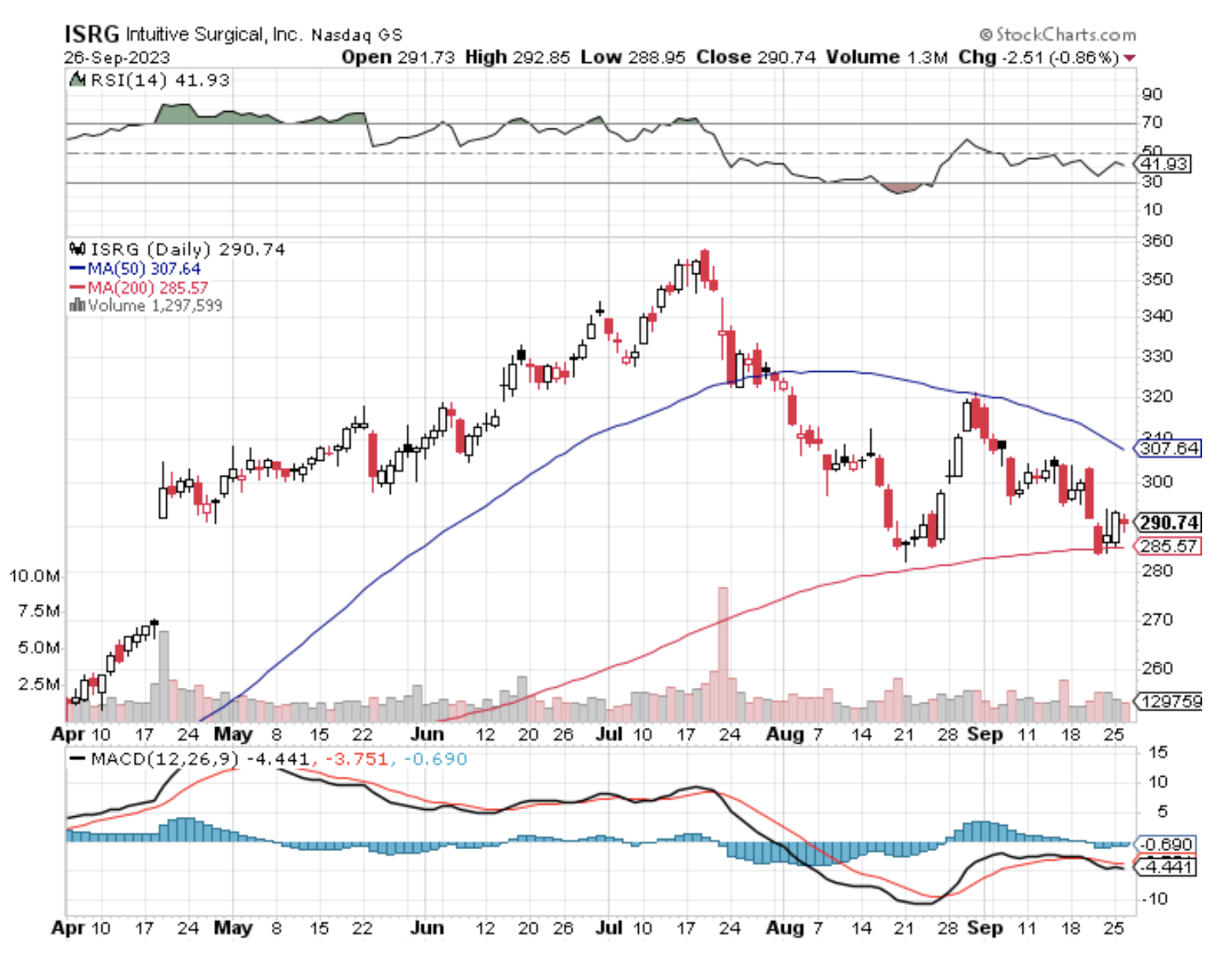
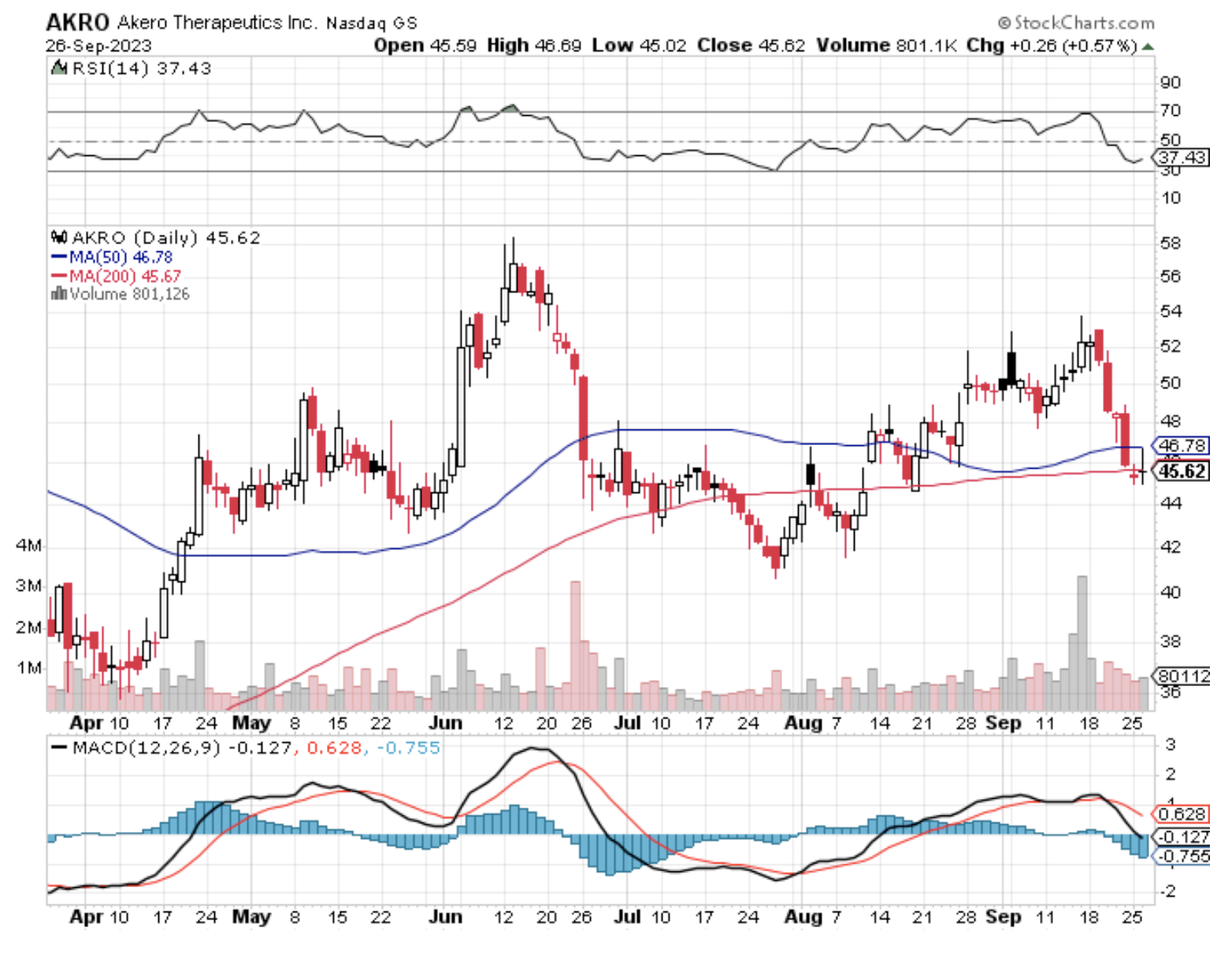

Legal Disclaimer
There is a very high degree of risk involved in trading. Past results are not indicative of future returns. MadHedgeFundTrader.com and all individuals affiliated with this site assume no responsibilities for your trading and investment results. The indicators, strategies, columns, articles and all other features are for educational purposes only and should not be construed as investment advice. Information for futures trading observations are obtained from sources believed to be reliable, but we do not warrant its completeness or accuracy, or warrant any results from the use of the information. Your use of the trading observations is entirely at your own risk and it is your sole responsibility to evaluate the accuracy, completeness and usefulness of the information. You must assess the risk of any trade with your broker and make your own independent decisions regarding any securities mentioned herein. Affiliates of MadHedgeFundTrader.com may have a position or effect transactions in the securities described herein (or options thereon) and/or otherwise employ trading strategies that may be consistent or inconsistent with the provided strategies.
This site uses cookies. By continuing to browse the site, you are agreeing to our use of cookies.
OKLearn moreWe may request cookies to be set on your device. We use cookies to let us know when you visit our websites, how you interact with us, to enrich your user experience, and to customize your relationship with our website.
Click on the different category headings to find out more. You can also change some of your preferences. Note that blocking some types of cookies may impact your experience on our websites and the services we are able to offer.
These cookies are strictly necessary to provide you with services available through our website and to use some of its features.
Because these cookies are strictly necessary to deliver the website, refuseing them will have impact how our site functions. You always can block or delete cookies by changing your browser settings and force blocking all cookies on this website. But this will always prompt you to accept/refuse cookies when revisiting our site.
We fully respect if you want to refuse cookies but to avoid asking you again and again kindly allow us to store a cookie for that. You are free to opt out any time or opt in for other cookies to get a better experience. If you refuse cookies we will remove all set cookies in our domain.
We provide you with a list of stored cookies on your computer in our domain so you can check what we stored. Due to security reasons we are not able to show or modify cookies from other domains. You can check these in your browser security settings.
These cookies collect information that is used either in aggregate form to help us understand how our website is being used or how effective our marketing campaigns are, or to help us customize our website and application for you in order to enhance your experience.
If you do not want that we track your visist to our site you can disable tracking in your browser here:
We also use different external services like Google Webfonts, Google Maps, and external Video providers. Since these providers may collect personal data like your IP address we allow you to block them here. Please be aware that this might heavily reduce the functionality and appearance of our site. Changes will take effect once you reload the page.
Google Webfont Settings:
Google Map Settings:
Vimeo and Youtube video embeds:
